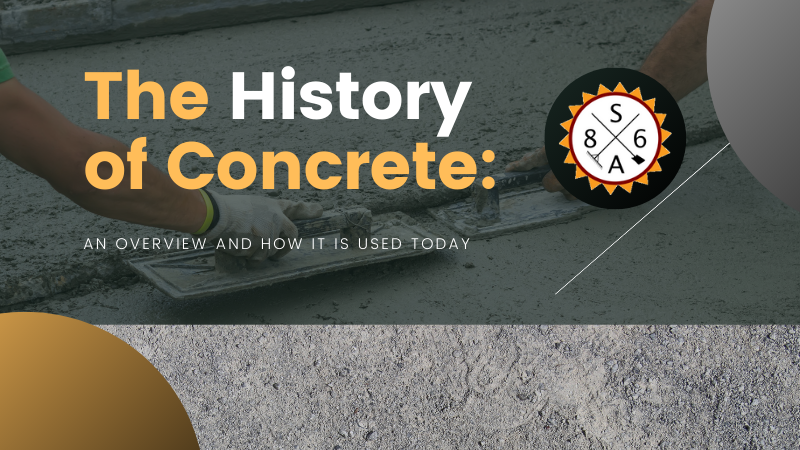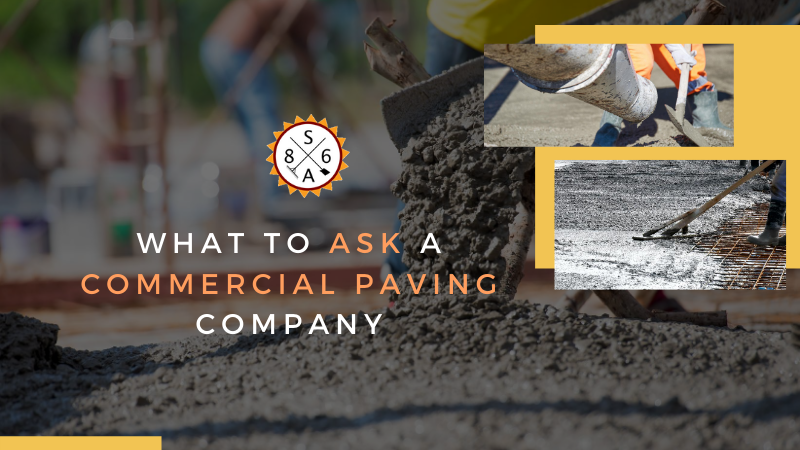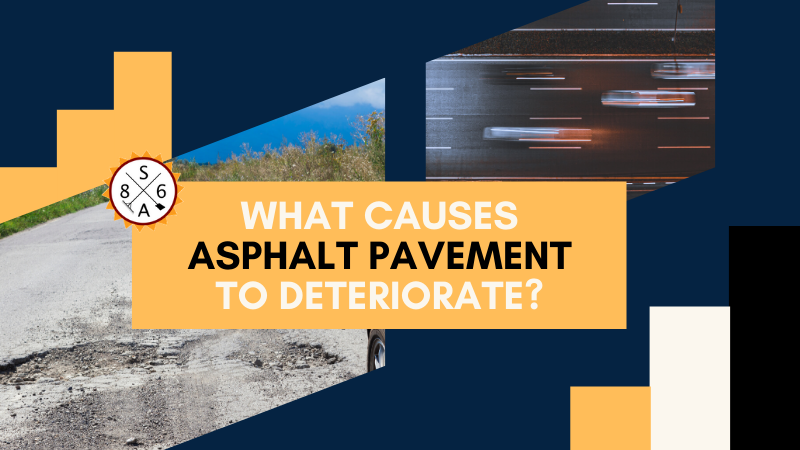
Sep 30, 2020 | Asphalt Paving
Today, one of the most ubiquitous materials as concrete. Many people see concrete on their driveway, and utility buildings, and in numerous other locations. Concrete is popular because it is an expensive, durable, and versatile. At the same time, many people might be...

Sep 15, 2020 | Asphalt Paving
To the average person, and they look like pretty much all asphalt the same. After all, asphalt looks like a hard, black substance that is made from small rocks that have been stuck together using tar. At the same time, experts in the industry understand that asphalt...

Jul 28, 2020 | Asphalt Paving, Construction
Anyone that owns or manages a commercial property will know how important it is to have a quality parking lot, walkways, and other paved areas. To ensure the job looks great and the paving lasts for a long time, you need to hire a quality commercial paving company. To...

Apr 24, 2020 | Asphalt Paving
Asphalt pavement is the most commonly used material the world over for roads, airport tarmacs, parking lots, and driveways because it is very durable, resilient, cost-effective, and quick and easy to put down. When proper inspection and asphalt maintenance is...

Mar 25, 2020 | Asphalt Paving
No matter why or where you are building a parking lot or sidewalk, sealcoating the edges is important for various reasons. By simply adding a thin liquid layer over the paved surfaces, sealcoating can help you maintain your parking lot or sidewalk for many years to...









